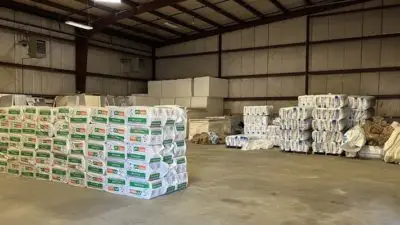Making your home greener isn’t limited to the structure itself. Our planet’s pollinators are struggling to find nectar and pollen within flight range, and their populations are suffering. According to the USDA, “Some scientists estimate that one out of every three bites of food we eat exists because of animal pollinators like bees, butterflies and moths, birds and bats, and beetles and other insects.”
This April 22, celebrate Earth Day outside by planting some pollinator-friendly plants to support local wildlife. This is also a great way to spend time with your loved ones and add beautiful curb appeal to your home! Whether you’re sprucing up a weedy flower bed or creating a romantic cottage garden, here are some lovely, low-maintenance options that thrive in New England gardens:
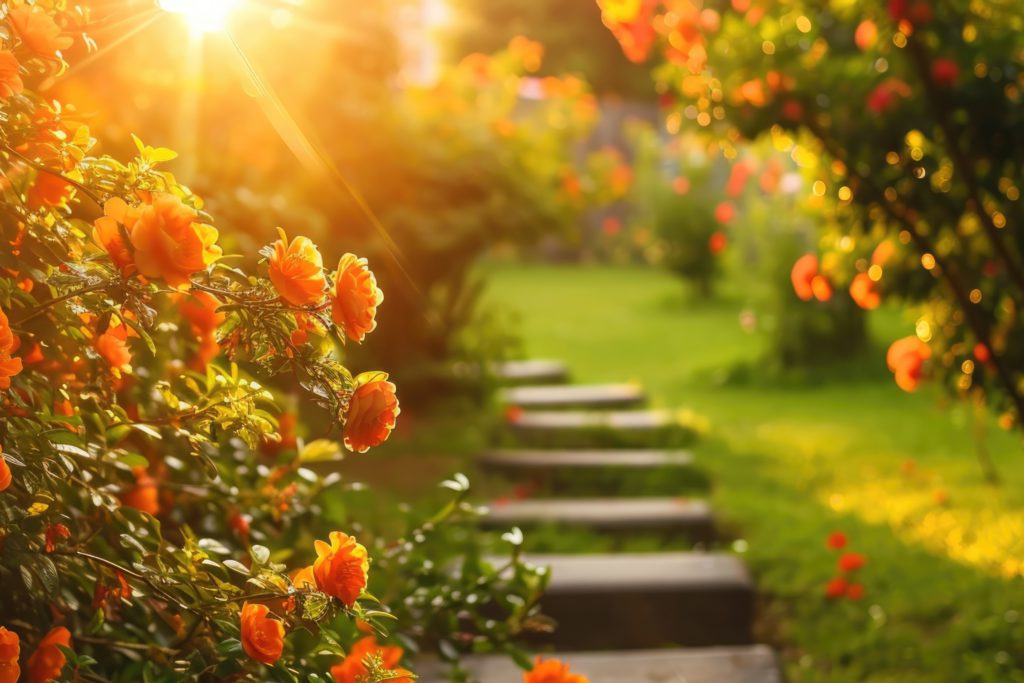
First Blooms
Celebrate spring’s first blooms by planting a vibrant yellow forsythia or native, pink or white flowering quince. Both burst with color before leaves emerge, so they are the perfect way to welcome warmer days ahead. These early blooms are a vital source for pollinators, while small wildlife can find a home in flowering quince’s dense leaves and branches (gardenia.net). This shrub can also be used as a natural privacy screen or hedge or trained against a wall.
Large Flowering Plants
The highly adaptive mountain laurel is another large, flowering shrub perfect for adding height towards the back of beds and gardens. Another native plant, it received the Cary Award for its winter hardiness, resistance to pests, attractive appearance, and overall compatibility with the New England climate. Mountain laurel also attracts bees and hummingbirds.
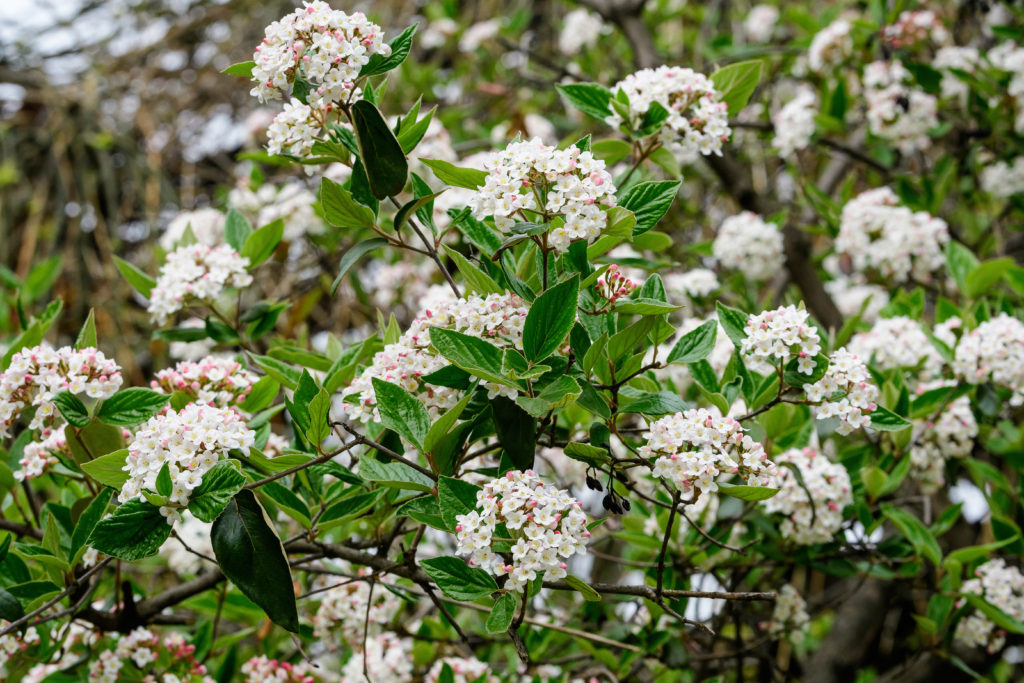
Viburnums can add year-round visual interest to your landscaping, showing off white or pink flower clusters in the spring and brightly colored berries that attract birds in the winter. Butterflies and bees also love them, and since they naturally occur in the Northeastern U.S., they are low-maintenance and great for the environment.
Experience the distinctive, sweet aroma of lilac right outside your front door. These fragrant flower clusters attract pollinators, deter deer, and add beautiful structure to your landscaping year-round. Commonly thought of as purple panicles, lilacs actually come in a rainbow of colors.

Mid-Sized Flowering Shrubs
Azaleas and rhododendrons are cannonballs of color in the spring. Bees and butterflies love them, and several varieties are able to withstand New England winters. Roseshell and pinxterbloom azaleas, for example, have fragrant, pink flowers and are found naturally throughout the Northeast.
Also naturally occurring, verbena can be purple, pink, red, white, and blue. It is low-maintenance and boasts a long blooming season that continues into autumn.
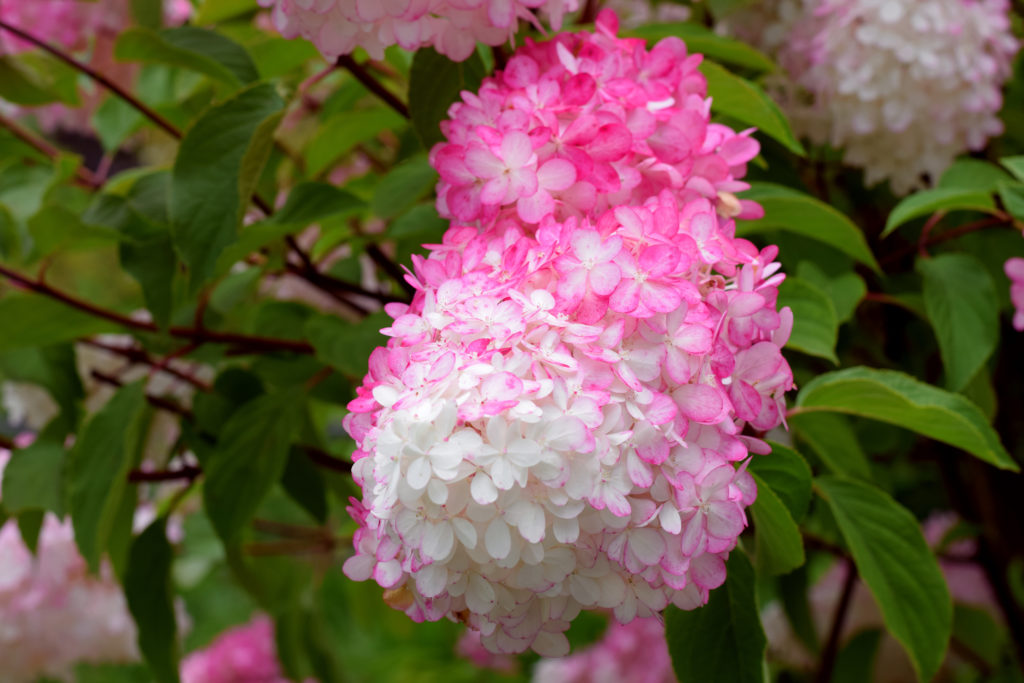
And speaking of adding longevity to your lawn, welcome summer with big bursts of color after the spring blooms have faded. Hydrangeas’ flower clusters open in July, and we particularly love the Vanilla Strawberry variety.
Down in Front
By choosing different annuals each year, you can change up the look of your landscaping and add brilliant pops of color across the front of your beds. There are numerous options, including French Marigolds, zinnias, black-eyed Susan, dahlias, petunias, and violets.
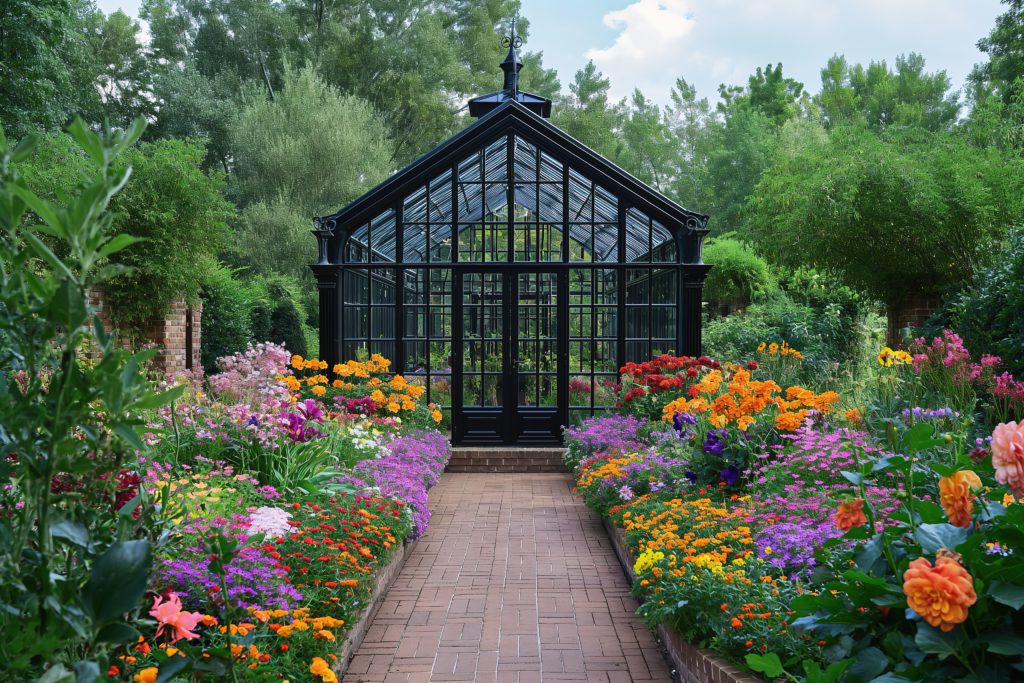
Herbs and even vegetables can add fragrance, balance, and practicality. Pollinators adore lavender, oregano, and both herb and vegetable fennel, which is not only a delicious addition to salads and cooking, but also promotes gut health.
Evergreens
To add texture and structure to your bed or garden, consider mixing in or framing with boxwood or inkberry shrubs. These slow-growing, evergreen plants make a nice border or hedge. You can also add height and privacy to your lawn while creating a bird habitat by planting native evergreens like Arborvitae or the Eastern White Pine.
Earth Day 2024
For 2024, earthday.org is rallying behind the theme, Planet vs. Plastics, with the goal of uniting individuals, businesses, and governments “in an unwavering commitment to… a 60% reduction in the production of plastics by 2040 and an ultimate goal of building a plastic-free future for generations to come.” You can find some helpful tips for how to remove plastic from your life in our plastics post here.
Looking for more ways to help make the planet and your home greener? Sign up for a no-cost Home Energy Assessment with HomeWorks Energy here, or call (781) 305-3319. During your assessment, a Home Energy Specialist will teach you how to save energy and money, and let you know if you are eligible for incentives, including 100% off air sealing, 75% to 100% off insulation, up to $10,000 in heat pump rebates, and more!



